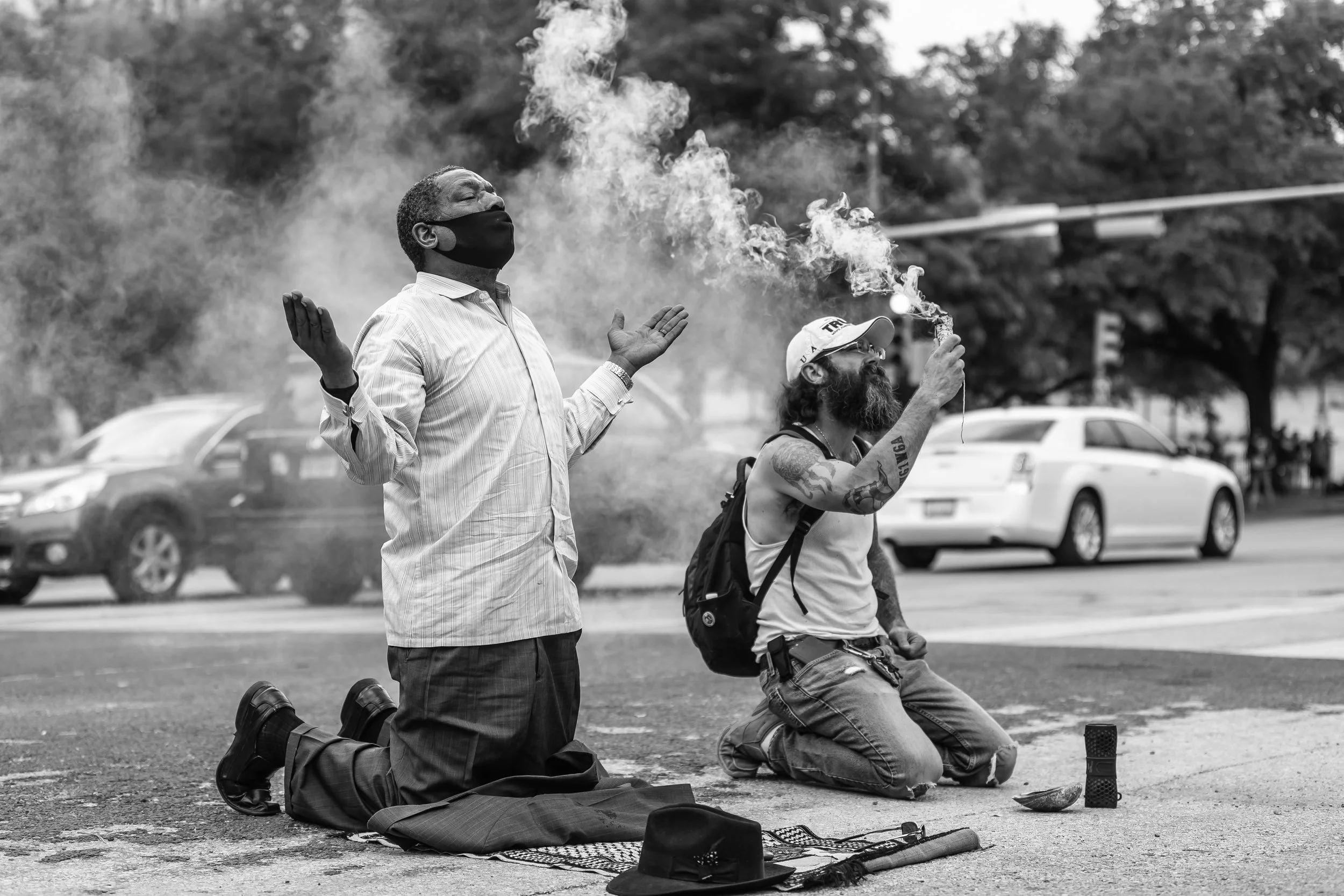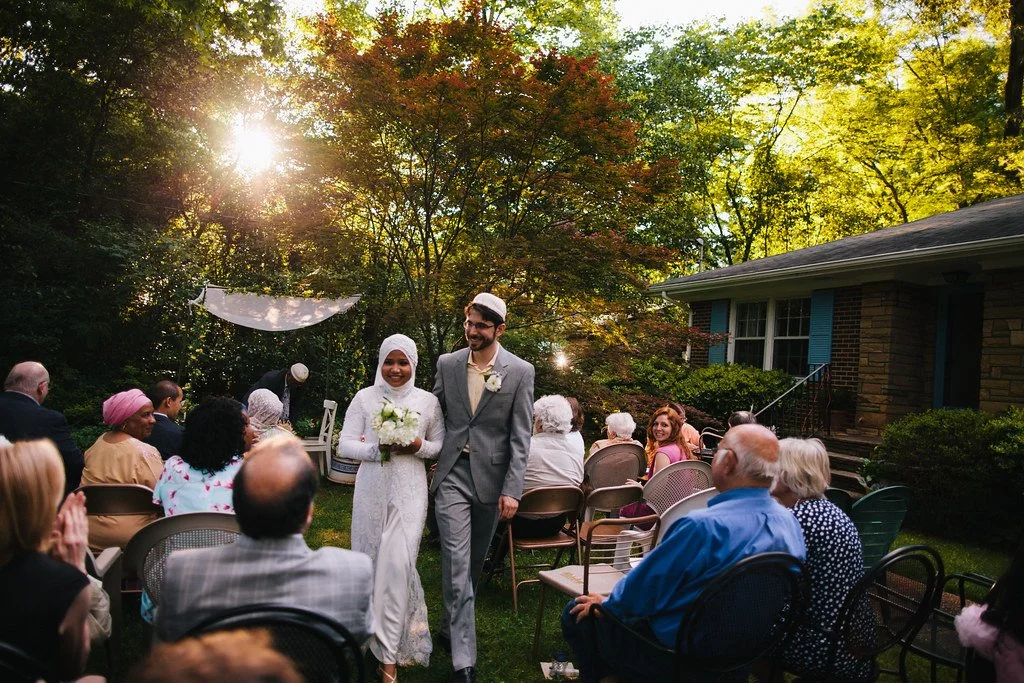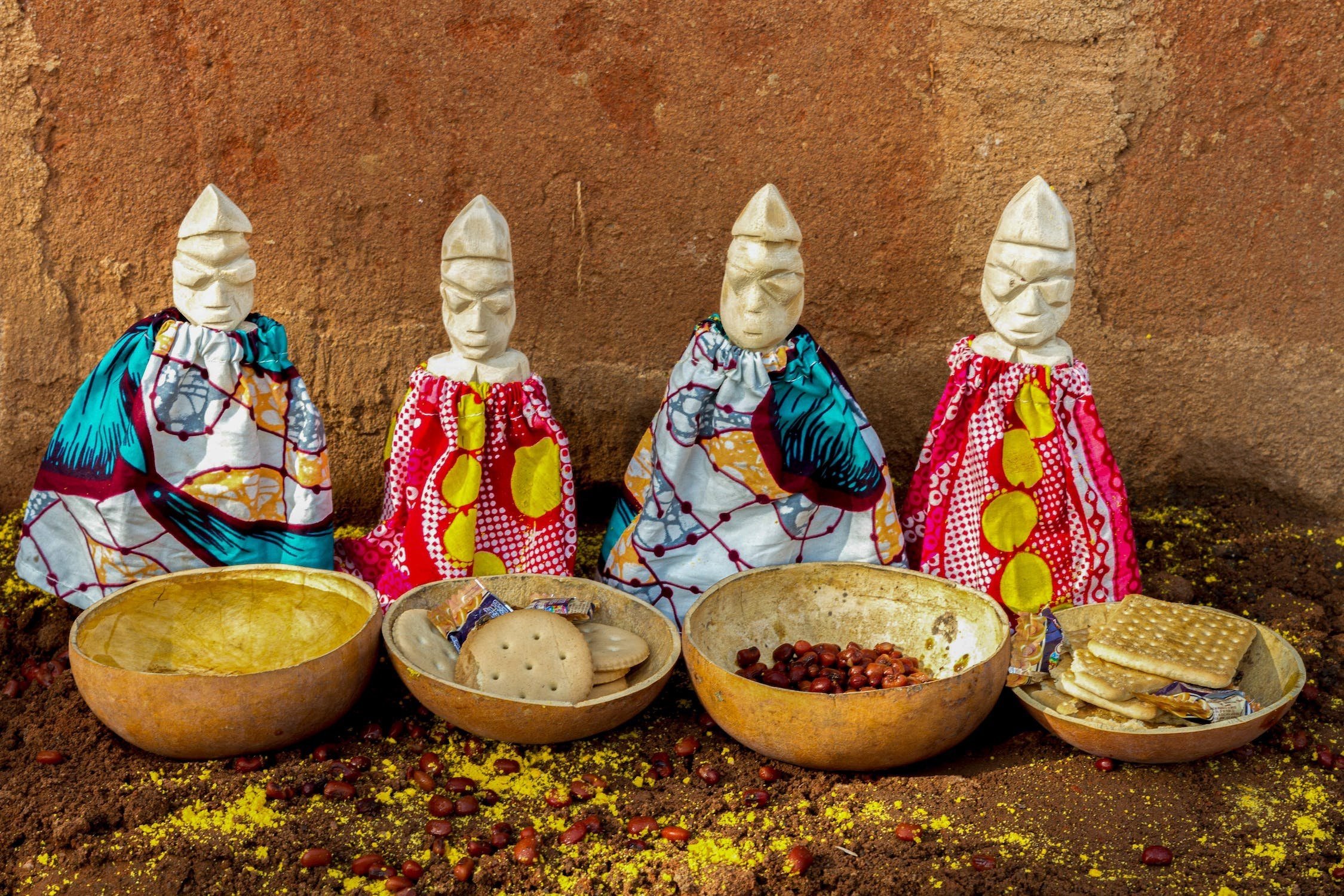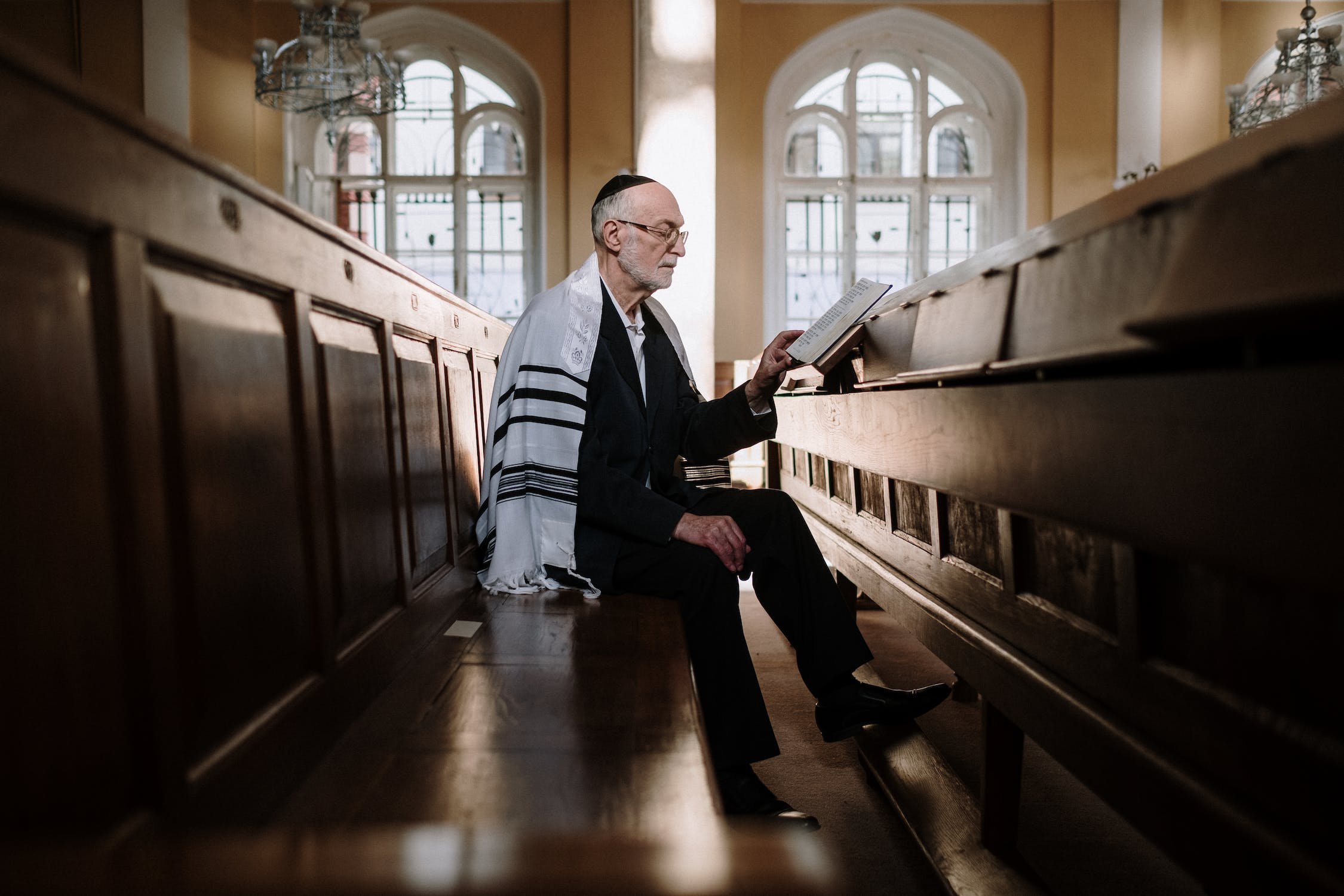Picture outer space. Its seemingly endless reach, its pulsating planets and twinkling stars, the swirling canopy of galaxies, a mantle of nebulae, the curvature of Earth’s blue expanse from a vantage point miles away.
Absorbing yourself in these images, what do you feel?
Some might compare the impulse to awe when we picture outer space or see images beamed back from faraway satellites to religious epiphany or other forms of spiritual inspiration.
From astrology to astrotheology, from questions of how to practice religions ensconced in Earth’s realities and rhythms to the context of outer space or life on other planets to the creation of new traditions, spirituality and space exploration are more intertwined than you may think.
In the latest edition of ReligionLink, we explore the intersections between religion and space, offering background, relevant stories and expert sources to help you report on religious traditions boldly going where no religions have gone before.
Religion’s next great frontier
Humans have long been drawn to space as part of our search for meaning, significance and security.
Astrology originated in ancient Mesopotamia before spreading to various regions and cultures, perhaps most notably in the Hellenistic period in Greece and later in Islamic and European cultures. It initially was a form of divination, with early astrologers using celestial events to interpret omens from the gods and predict the future.
Over time, astrology developed in different directions, with horoscope columns coming to feature in daily newspapers starting in the 1930s.
Today, astrology has been experiencing a bit of a renaissance, with many among the spiritual-but-not-religious seeking to discern meaning and purpose by studying the positions of celestial objects.
Stars have held varying levels of significance in various religious traditions. A star is supposed to have guided “wise men from the East” to the first Nativity; and both the Hebrew Scriptures and Christian New Testament bear references to the stars providing divine guidance and revelation. Finno-Ugric and Turkish Tatars associated the North Star (Polaris) with the “pillar of heaven,” while the Milky Way has been seen as a symbol of a cosmic tree or the path of the gods.
In Judaism, the Star of David, or six-pointed star, is a prominent symbol representing the union of heaven and earth and is a rallying marker of protection, identity and unity. In Buddhism, stars can be seen as celestial luminaries, and in Hindu scriptures, the stars are often depicted as the abode of gods and goddesses, symbolizing enlightenment and the eternal nature of the soul.
More recently, the relationship between religious traditions and space is evolving — for example, as more Muslim-majority nations venture into space exploration, writes Béatrice Hainaut. The first Muslim in space was in 1985, and to date, 18 Muslim astronauts have traveled beyond Earth’s orbit. But over the last 10 years, countries such as Bahrain, the United Arab Emirates and Saudi Arabia have established space agencies and expressed ambitious space strategies. Other states, including Iran, Turkey, Malaysia, Indonesia and Pakistan, are also showing interest in space research and possible applications derived from it.
It is perhaps the new religious movement Astronism, however, that has taken the relationship between astronomy and religion to its logical limit. At the age of 15, Brandon Reece Taylorian, also widely known under his mononym Cometan, founded Astronism, an astronomical religion that “teaches that outer space should become the central element of our practical, spiritual, and contemplative lives,” according to its website.
“From my perspective, how religion and outer space intersect is crucial to understanding the future of religion,” Cometan, who is also a lecturer at Lancaster University in the United Kingdom, told ReligionLink. “Outer space is the next great frontier that will reshape the human condition, including our religions.”
To that end, some have started to ponder how space exploration itself might be considered its own form of epiphanic religion, producing its own forms of insight, revelation and spiritual experience.
That makes sense to Cometan. “The further we dare to venture beyond Earth, the more our beliefs about God and the universe will transform. I think that we need new and bold religious systems that will inspire our species to confront and overcome the challenges of the next frontier,” he said. “As an Astronist, I define outer space as the supreme medium through which the traditional questions of religion will be answered.”
Whether Cometan proves to be correct, stars have been interpreted in diverse ways across religious traditions, reflecting the human desire to understand and connect with the divine through the wonders of the cosmos.



















